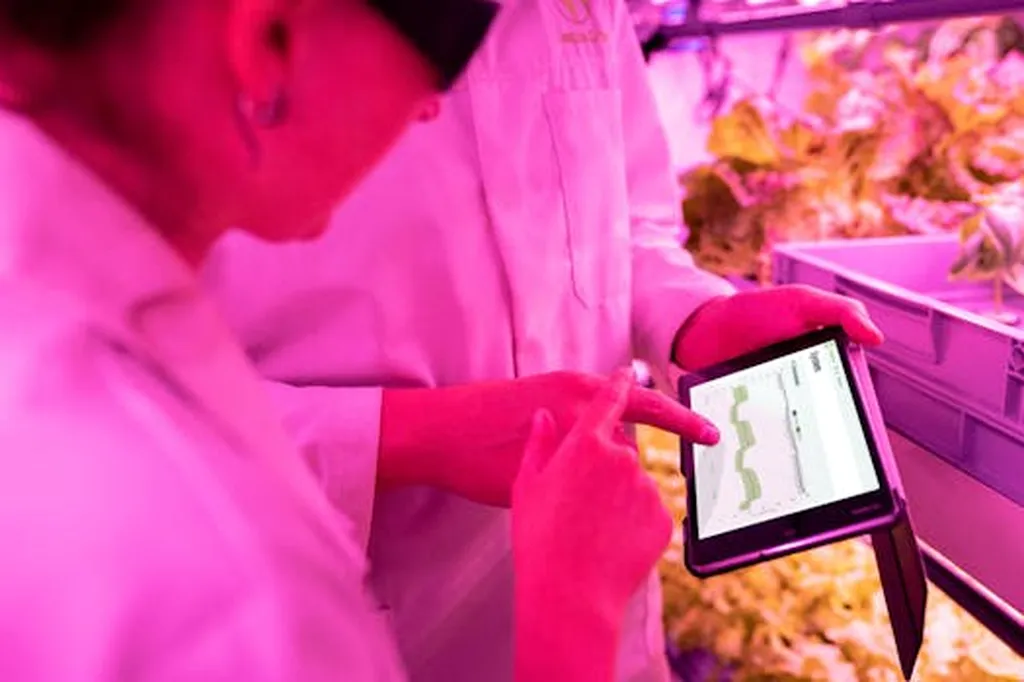In the ever-evolving landscape of precision agriculture, a groundbreaking review published in the IEEE Access journal, titled “A Data-Driven Review of Remote Sensing-Based Data Fusion in Precision Agriculture From Foundational to Transformer-Based Techniques,” is set to redefine how we approach agricultural monitoring and decision-making. Led by Mahdi Saki from the RF and Communication Technologies (RFCT) Research Laboratory at the University of Technology Sydney, this comprehensive study delves into the latest advancements in data fusion techniques and Transformer-based remote sensing applications, offering a roadmap for the future of AI-driven agriculture.
Precision agriculture has long relied on remote sensing and data fusion to optimize crop management, soil analysis, and yield prediction. However, traditional machine learning and deep learning models have faced challenges such as limited scalability, suboptimal feature extraction, and the need for extensive labeled data. Saki’s review systematically analyzes research trends from 1994 to 2024, highlighting the transformative potential of Transformer-based fusion methods.
“Transformer-based models have shown remarkable capabilities in modeling spatiotemporal dependencies and integrating heterogeneous datasets,” Saki explains. “This ability to enhance prediction accuracy and mitigate feature redundancy makes them a game-changer for precision agriculture.”
The study conducts a comparative analysis of multimodal data fusion approaches, evaluating data types, fusion techniques, and remote sensing platforms. By integrating diverse data sources, Transformers can provide a more holistic understanding of agricultural conditions, leading to better-informed decisions. For instance, in soil analysis, crop classification, and disease detection, these advanced models can significantly improve accuracy and efficiency.
One of the key contributions of this review is the proposal of a structured roadmap for implementing data fusion in agricultural remote sensing. Saki outlines best practices for ground-truth data selection, platform integration, and fusion model design, addressing critical research gaps and providing a strategic framework for future developments.
“The integration of Transformer-based models into precision agriculture not only enhances prediction accuracy but also optimizes large-scale data integration,” Saki adds. “This can lead to more sustainable and efficient agricultural practices, ultimately benefiting the entire food supply chain.”
The commercial impacts of this research are profound. By leveraging AI-driven data fusion techniques, farmers and agricultural businesses can achieve higher yields, reduce resource waste, and improve overall productivity. The energy sector, in particular, stands to gain from these advancements, as more efficient agricultural practices can lead to reduced energy consumption and lower carbon footprints.
As the agricultural industry continues to embrace digital transformation, the insights provided by Saki’s review will be instrumental in shaping the future of precision agriculture. By addressing key challenges and offering a strategic framework, this study paves the way for more innovative and sustainable agricultural practices.
Published in the IEEE Access journal, known in English as the “IEEE Open Access Journal,” this review serves as a valuable resource for researchers, practitioners, and policymakers alike. As we move towards a more data-driven future, the integration of Transformer-based models into precision agriculture holds the promise of revolutionizing the way we grow and manage our crops, ultimately contributing to a more sustainable and food-secure world.

